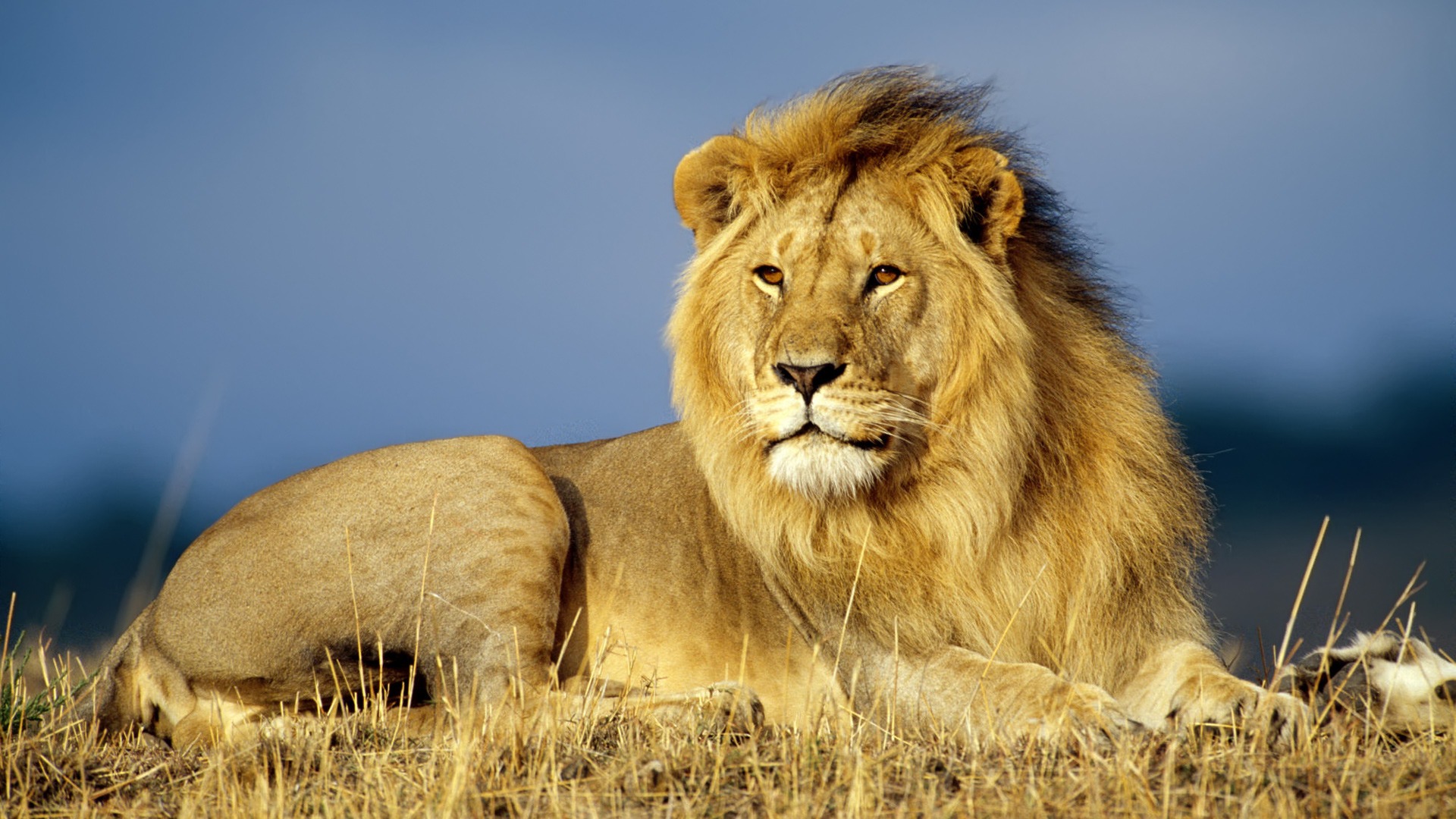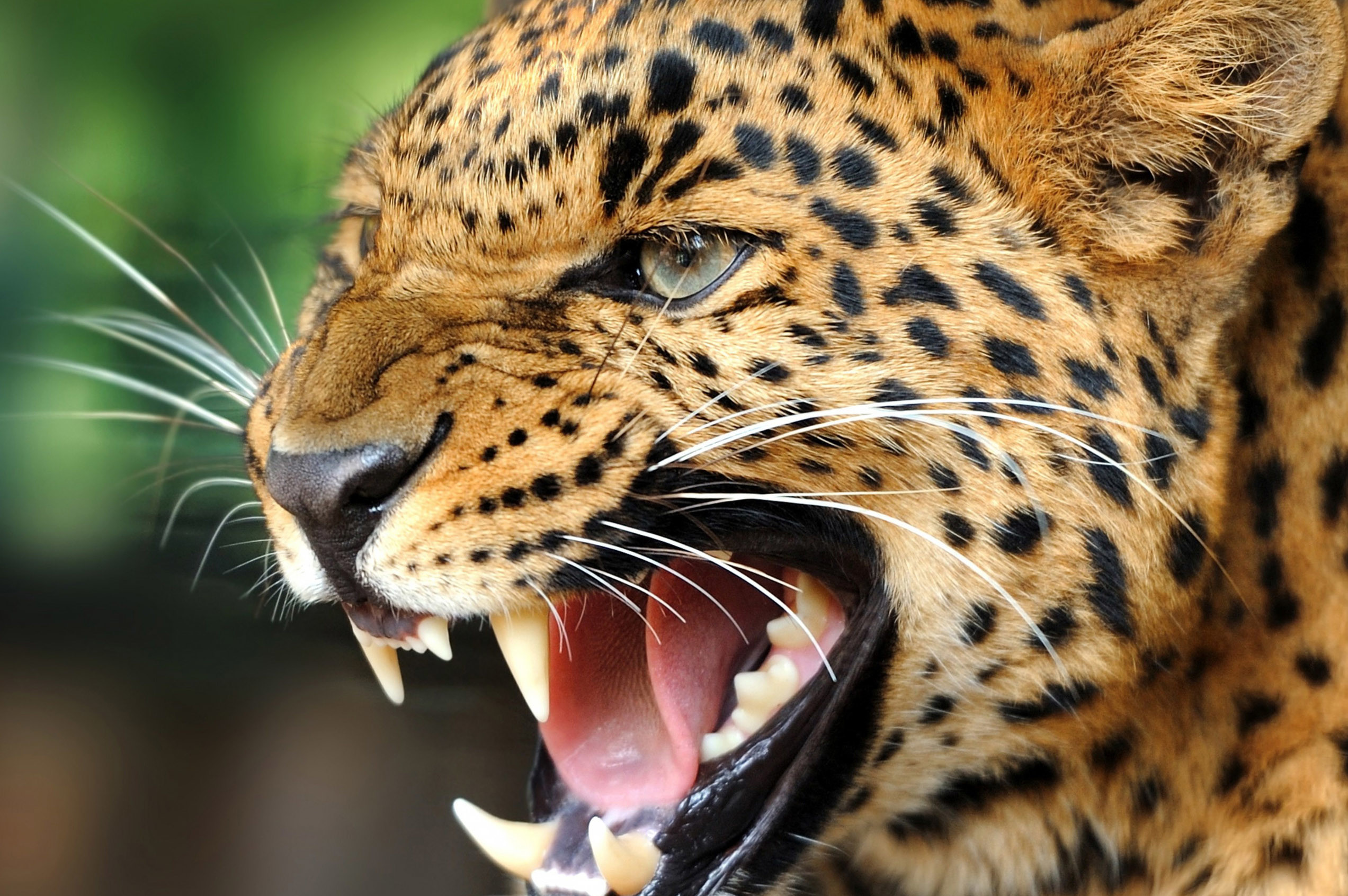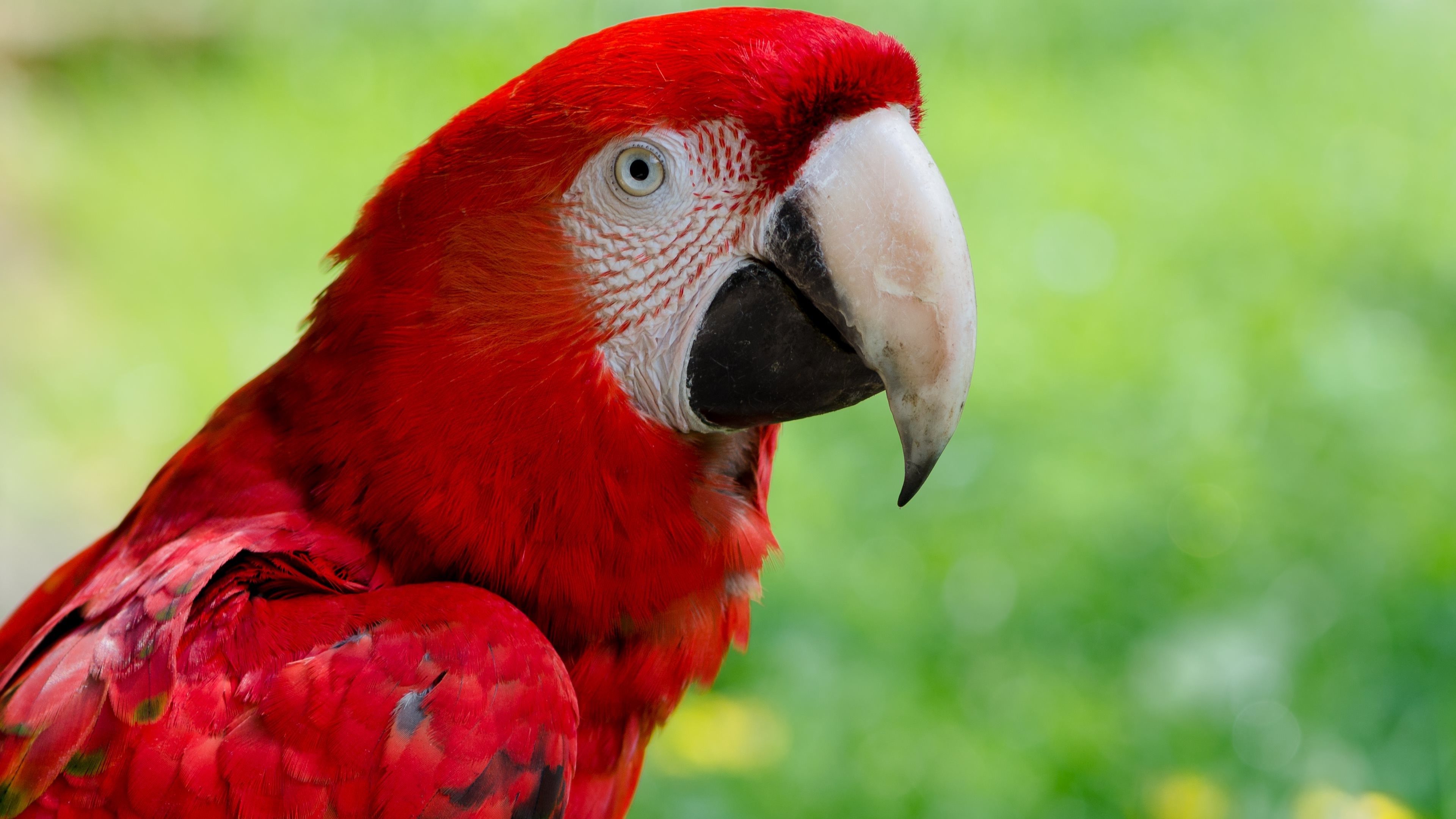It's truly amazing to think about all the different creatures that share our planet, and a big part of that wonderful variety makes its home right in the water. You know, it's a place where life truly thrives, from the smallest little speck you can barely see to some of the biggest animals around. We often think about animals on land, but there's a whole other world beneath the surface, full of living things that have found their own special ways to get by.
These watery homes, you see, are quite different depending on where you look. Some animals, for instance, prefer the calm quiet of a lake or a flowing river, while others, quite honestly, like the vast, salty stretch of the big blue ocean. Each spot has its own unique features, and the creatures living there have adapted over countless generations to fit right in, which is pretty cool when you think about it.
So, when we talk about animals that live in water, we are really talking about an incredible collection of beings, each with its own story. They might breathe air, or they might pull what they need right from the water itself, but one thing is clear: their lives are tied to these wet surroundings, making them a special part of Earth's big, diverse family.
- Lil Bibby Lil Brother
- Joker And Harley Quinn Sayings
- Forgotten 70s Bands
- Pretty Mermaid Names
- Lemon Ginger Tea And Pregnancy
Table of Contents
- What Kinds of Animals Call Water Home?
- How Do Animals That Live in Water Get Their Energy?
- What Makes an Animal an Aquatic Animal?
- Are There Many Different Kinds of Animals That Live in Water?
- Creatures of the Fresh Waterways - Animal That Live in Water
- Ocean Dwellers - Animal That Live in Water
- Fish - A Classic Example of Animal That Live in Water
- Getting to Know More About Animal That Live in Water
What Kinds of Animals Call Water Home?
When we look at the immense number of creatures living on our planet, it's pretty clear that animals are a huge part of what we think of as life on Earth. There are, for instance, more than one and a half million different kinds of animals that people have written down and studied. That's a truly big number, is that not? A significant portion of these, something like a million and fifty thousand, are little insects, which tend to be very numerous in almost every environment you can imagine. Then, you have creatures like snails and clams, which are called molluscs; there are over eighty-five thousand known types of those, too. And for animals with backbones, known as vertebrates, we have about sixty-five thousand different sorts. This really shows how much variety there is, even before we start talking about which ones spend their time in the water.
Animals, as a general rule, are living beings made up of many tiny units called cells. These cells, in a way, stick together, often held firm by something called collagen, which acts like a sort of natural glue. This structure, having many cells, allows them to grow quite large and develop many different parts that work together. From the very simple creatures, perhaps just a few cells clumped together, to the really complex ones with brains and bodies that move in all sorts of ways, animals come in a huge range of forms. It’s almost as if every possible way to live has been tried by some animal somewhere. They really do, in some respects, dominate our ideas of what life looks like on this planet, often because of their size or how much they interact with us. This is just a little glimpse into the vastness of the animal kingdom, before we narrow our focus to those who make their permanent abode in aquatic settings.
- 80s Polka Dot Dress
- Live In The Water
- Sokratis Dortmund
- Queen Khamyra Age
- Questions To Ask A Female To Get To Know Her
How Do Animals That Live in Water Get Their Energy?
One of the basic things about any living creature, including animals that live in water, is how they get the energy they need to move, grow, and just keep going. Animals, basically, can't make their own food from sunlight like plants can. So, they have to get their energy from other living things. This usually means they eat them, or they might consume parts of them, or perhaps even things that those living things once were. It’s a pretty fundamental cycle of life, really. For example, a fish might eat smaller fish, or tiny little creatures floating in the water, or even bits of plant material that have settled. This process of getting energy is the very foundation of how these watery communities operate, ensuring that life continues from the smallest organisms right up to the largest creatures you can imagine. It's a system that has been working for a very long time, as a matter of fact.
What Makes an Animal an Aquatic Animal?
When we talk about an animal that lives in water, we are specifically referring to what is called an aquatic animal. This kind of creature spends most, if not all, of its existence within water. It doesn't matter if the animal has a backbone, like a fish or a whale, or if it doesn't, like a jellyfish or a clam; if its home is the water, it fits this description. These animals have developed some truly unique ways to survive in their wet surroundings. Some, for instance, might come up to the surface to take in air, just like we do. Others, however, have special body parts that allow them to pull the oxygen right out of the water itself, which is quite clever when you think about it. This ability to live and breathe in water is what truly defines them as aquatic, making them distinct from creatures that live on dry land, which is pretty obvious.
Are There Many Different Kinds of Animals That Live in Water?
Yes, there are indeed a great many different kinds of animals that live in water, and their watery homes are quite varied. Some of these animals, for example, make their homes in what we call freshwater. This includes places like lakes, which are typically still bodies of water, or rivers, which are moving currents, and also ponds, which are usually smaller and shallower than lakes. Then, there are the animals that prefer saltwater, which means they live in the vast, salty stretches of the ocean. The ocean, you know, is filled with an incredible range of animals that spend their entire lives in the sea. From the tiniest little organisms that you can barely see without a special tool, to some of the truly massive sea creatures, each one has its own special ways of living and getting by in their particular watery spot. They have developed various tricks to handle the salt, the pressure, and finding food in such a huge environment, which is quite fascinating, really.
Creatures of the Fresh Waterways - Animal That Live in Water
Freshwater places, like those rivers and lakes we talked about, are home to a truly huge number of different living things. It's estimated that over one hundred thousand distinct kinds of plants and animals make their lives in these specific watery spots. This includes a variety of animals that live in water, such as reptiles, which might be things like turtles that glide through the water or alligators that lurk near the banks. You also find amphibians, like the frogs that hop in and out of the water, or various salamanders that spend part of their time in the wet and part on the land. If you happen to see an animal carrying a tree branch, there's a pretty good chance it's a beaver, which is a classic example of an animal that lives in water and changes its environment. Beavers, you see, are quite well-known for gnawing down trees, leaving behind very clear marks where they've chewed and cut the wood. They then use these sticks to build what are called beaver dams, which, in a way, hold back the water and create new ponds or deepen existing ones, making perfect homes for themselves and other creatures. These freshwater ecosystems are really buzzing with life, and you can find all sorts of interesting behaviors if you just watch for a little while.
Ocean Dwellers - Animal That Live in Water
The ocean, on the other hand, is a completely different kind of watery world, and it's absolutely packed with an enormous variety of animals that live in the sea. As we mentioned, these creatures range from incredibly small living things, some of which are microscopic, to truly gigantic sea creatures that can weigh many tons. Each one of these ocean inhabitants has developed special ways to survive in their particular parts of the sea. Some prefer water that is warm and not too deep, where sunlight can reach, perhaps near coral reefs. But others, quite naturally, are perfectly comfortable in the very cold, very deep parts of the ocean where no light ever reaches. Their bodies are built to handle the immense pressure and the lack of light, which is pretty incredible to think about. They have found ways to find food and reproduce in these challenging conditions, showing just how adaptable life can be. The sheer scale of life in the ocean is something that truly amazes people, with new discoveries happening all the time, as a matter of fact.
Fish - A Classic Example of Animal That Live in Water
When most people think about an animal that lives in water, a fish is often the very first thing that comes to mind, and for good reason. A fish is, basically, a type of aquatic animal that spends its entire life in water. They have a very specific way of breathing, using special organs called gills, which allow them to take in the oxygen that is dissolved in the water. This is different from how land animals or even some other aquatic animals breathe air. Fish also have fins, which they use to move through the water, to steer, and to keep their balance. They are also covered in scales, which are like little protective plates on their skin. You know, fish come in an almost endless number of different shapes and sizes, from tiny little minnows that are just a few centimeters long to enormous sharks and whales that can be many meters in length. This variety in form helps them live in all sorts of watery environments, from fast-moving streams to the deepest parts of the ocean. Clams, by the way, are another type of animal that lives in water, though they are quite different from fish. They are often found buried in the sand or mud at the bottom of bodies of water, filtering tiny bits of food from the water around them. They have a hard shell that protects their soft bodies, and they move very slowly, if at all, which is a stark contrast to the quick movements of a fish, as a matter of fact.
Getting to Know More About Animal That Live in Water
Learning about animals, especially those that live in water, can be a really rewarding experience. When people put together information about these creatures, they usually cover a whole range of important topics. For any particular animal, you might find details about what they eat, which is their diet, and where they live, which is their habitat. You can also learn about how they have babies, which are their breeding patterns, and what their bodies look like, which are their physical characteristics. Sometimes, you even get to read about their unique ways of acting and their individual quirks, which are their personality traits and behaviors. This kind of information helps us understand how each creature fits into its watery world. You can explore the vast kingdom of animals through many different ways, like looking at pictures, watching videos, or reading factual summaries from animal profiles. These profiles often cover all sorts of creatures, including fish, birds that might hunt near water, reptiles that live in or near water, mammals that are aquatic, amphibians that need water for part of their lives, and invertebrates, which are animals without backbones. For people who have pets, or students learning about nature, or just anyone who really likes animals, there's also plenty of advice on how to care for pets, guides about different animal types, tips for keeping animals healthy, and just plain fun facts. This kind of trusted information helps everyone appreciate the amazing world of animals, particularly those remarkable animals that live in water.
- Who Is Joie Chavis Kids Fathers
- Price Of Gasoline In Norway
- Turkish Super League
- Robert Wagner Net Worth
- Least Paid Player In Nba


